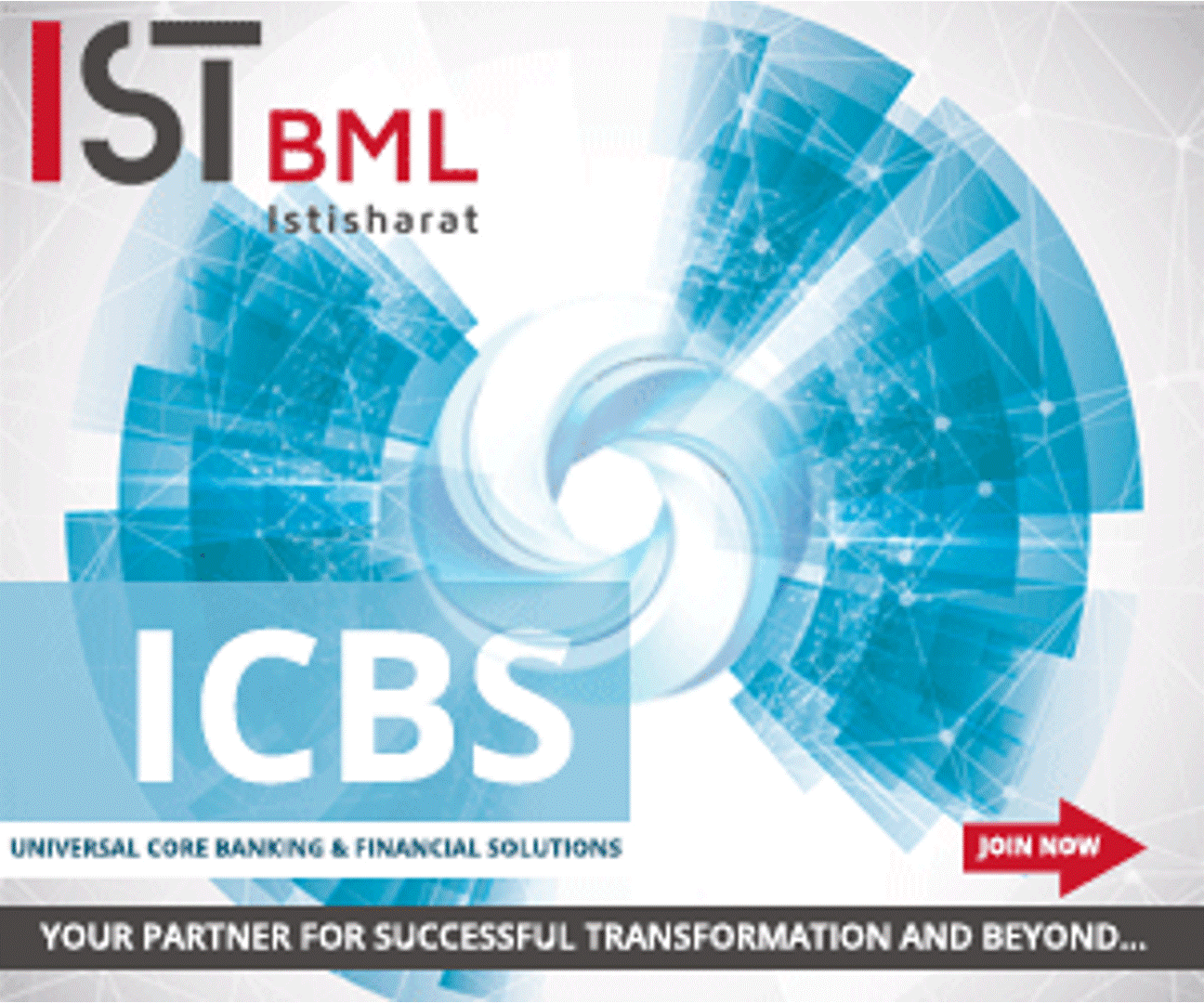 Back
Back
4 top Indian private banks’ APIs enabling innovations in open banking
By Edil Corneille
 The Payment Services Directive 2 (PSD2) regulation in Europe and the Open Banking one in the United Kingdom (UK) have mandated banks to share data with third party providers (TPPs). Banks share customer data through application programming interfaces (APIs) with relevant third party providers (TPPs) after the consent of the customer. This ensures the customisation of financial products where customers are able to view different financial accounts, spends, advice on financial requirements, etc., on a platform. Mexico is another example of a regulatory-driven approach to open banking. Generally in Asian countries, market forces drive open banking that is usually not completely regulated by the government.
The Payment Services Directive 2 (PSD2) regulation in Europe and the Open Banking one in the United Kingdom (UK) have mandated banks to share data with third party providers (TPPs). Banks share customer data through application programming interfaces (APIs) with relevant third party providers (TPPs) after the consent of the customer. This ensures the customisation of financial products where customers are able to view different financial accounts, spends, advice on financial requirements, etc., on a platform. Mexico is another example of a regulatory-driven approach to open banking. Generally in Asian countries, market forces drive open banking that is usually not completely regulated by the government.
Open banking in India has made its presence through Unified Payments Interface (UPI), a system that powers multiple bank accounts into a single mobile application (of any participating bank), merging several banking features, seamless fund routing and merchant payments into one hood. FinTechs are partnering with banks to access data to offer competitive customised financial services. This is usually not possible with legacy systems of traditional institutions. However, they are sitting on huge amounts of valuable data. Banks have turned to technologies such as artificial intelligence, machine learning, IoT, and blockchain to stay relevant in the industry.
APIs function in a machine-to-machine communicative way where different software applications exchange data directly. Below is the list of the top private banks in India who have opened up their APIs to FinTechs in order to offer better services to the consumer.
Kotak
Kotak Mahindra Bank announced the launch of its open banking platform in November 2018. The platform is powered by a developer portal which makes Kotak’s APIs available to FinTechs and developers, thereby creating a collaborative ecosystem. With this, customers benefit from better financial services which are catered to their specific needs.
The platform offers Kotak’s APIs for lending and payment products. The lead generation APIs for the bank’s various lending offerings are exposed and using these, new loan applications are initiated in Kotak’s lead management system. With digital payments driving towards interoperable, real-time, mobile solutions, the bank has simplified the management of payment flows so that partners can focus on their core business without the hassle of software and hardware integrations.
FinTechs and developers have to register their details on the portal before gaining access to the APIs. The initiative has been a part of Kotak’s digital-first organic growth strategy that was planned to be driven by its ABCD charter that focuses on the AI enriched app, biometric enabled branch, context enhanced customer experience and data empowered design.
YES BANK
The bank had launched the YES FinTech Developer portal in November 2019. The API sandbox consists of over 50 virtual APIs and is in line with the bank’s strategy of keeping customers at the core while ideating and co-creating solutions. The sandbox builds on the bank’s strategy of using API banking as an enabler to customise digital solutions for its clients. This helps corporates, MSMEs and startups to identify ‘best-fit’ APIs based on their sectors and also allows them to test the APIs with their app in a secure environment. The sandbox enables clients across sectors to visualise multiple banking use cases customised for their application and understand possible integrations and functionalities of the bank’s APIs.
YES FinTech Developer provides a boost to the bank’s effort of co-creating innovations with FinTechs, startups and the developer ecosystem to enhance the customer experience. Developers can complete integrations in the environment and mimic how their solutions would work in a ‘live’ environment. Once they are comfortable, they can move to subscribe to the APIs.
Through the sandbox, YES BANK will grant access to APIs across 4 usage categories including account management, payments, cards and CRM.
HDFC
The HDFC Bank Public API Portal has 142 APIs as of now in its catalog. The bank aims to securely expose APIs to developers while providing them with all the tools and resources they need in order to quickly build apps. In December 2019, the 1st edition of the HDFC Bank API Banking Summit was held to apprise on the delivery of HDFC Bank’s internal services via the API gateway to external partners such as corporates, FinTechs, aggregators and start-ups.
Ready to consume partner APIs for different domains such as payments, customer sourcing and servicing, among others are available. TPPs have to add an application to get an API key. The portal assigns each registered application a unique key as applications need a key to access and test APIs in the API Explorer. To monitor the usage and latency of the APIs, the portal’s Real-Time Analytics can be utilised.
An example is the ‘Aadhaar Vault – Reference Key’ API where the calling application can fetch the reference key associated with an Aadhaar number registered in HDFC’s Aadhaar Vault. Aadhaar is a verifiable 12-digit identification number issued by the Unique Identification Authority of India (UIDAI) to residents.
ICICI
ICICI Bank announced the launch of its API Banking portal in January. The API Developer Portal enables partner companies to co-create customer solutions in a frictionless manner and in a fraction of the time usually taken for such integration, thereby significantly increasing productivity. The ‘ICICI Bank API Banking portal’ consists of 250 APIs enabling businesses, fintechs, corporates and e-commerce start-ups to partner with the bank.
The APIs are a set of instructions, which allow the third party applications to communicate with the bank’s various technology applications and collaborate to bring in new customer propositions. They are available across an array of categories including payments and collections such as IMPS, UPI payment/ collection, accounts & deposits and cards & loans. After testing the solution on the sandbox environment, developers can upgrade to the UAT environment for end to end real-time testing, post signing an NDA with the bank.
The portal incorporates a detailed workflow for conveniently moving the API solution to the final production stage
IBSi FinTech Journal

- Most trusted FinTech journal since 1991
- Digital monthly issue
- 60+ pages of research, analysis, interviews, opinions, and rankings
- Global coverage
Other Related News
Related Reports

Sales League Table Report 2025
Know More
Global Digital Banking Vendor & Landscape Report Q2 2025
Know More
NextGen WealthTech: The Trends To Shape The Future Q4 2023
Know More
Intelligent Document Processing in Financial Services Q2 2025
Know More


